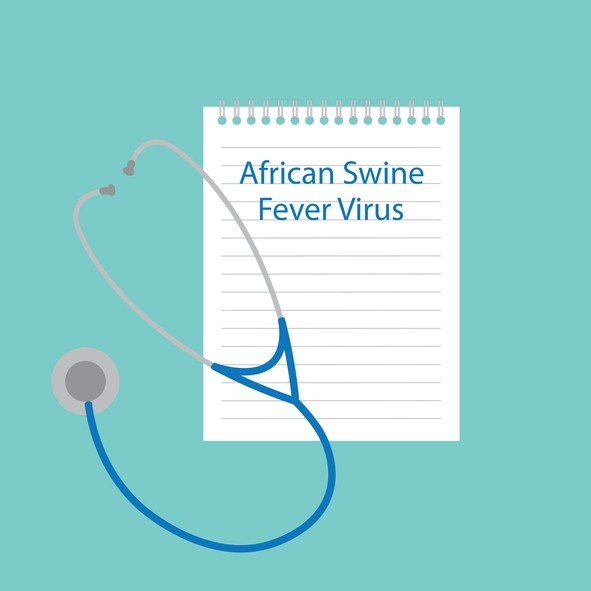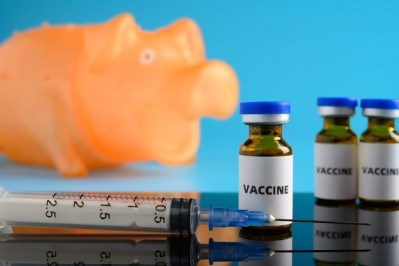Feed alliance looks to plug milling process knowledge gaps on ASF disinfection

The Institute for Feed Education and Research (IFEEDER), Animal Nutrition Association of Canada (ANAC) and United Soybean Board (USB) have teamed up with the US Swine Health Information Center (SHIC) on the initiative.
The information gained from the research will inform North American feed industries’ ASF preparedness plans as well as feed mill biosecurity plans to minimize supply chain and trade disruptions in the event of an outbreak, said the parties.
SHIC executive director, Paul Sundberg, commenting on the project, said: “We have learned that once the ASF virus (ASFV) is in a feed mill, it will remain in that environment for a long time. This work is essential to address this risk to the US swine herd.”
Sundberg told FeedNavigator that "field evidence suggests that ASFV can be distributed throughout the feed supply chain (Gebhardt et al., 2021), and this has been confirmed with recent research published from the Feed Safety Team at Kansas State University.
"Elijah et al. (2021) determined that the distribution of ASFV into the feed manufacturing environment is widespread and persists even after manufacturing additional feed batches initially free of ASFV. This is similar to what is observed with PEDV (Schumacher et al., 2017) and indicates that it is extremely important for the US to prevent the entry of ASFV into US feed mills because once ASFV is in a feed mill, it will remain in its environment for an extended period of time."
The 12-18 month long project will examine the optimal methods for disinfecting feed mills.
The researchers are set to test several disinfection and flushing procedures using three viruses known to be most stable in feed and endemic in the US.
"Research is needed to determine optimal methods for disinfecting feed manufacturing facilities, especially equipment that is not designed to be disinfected. Although this research is pertinent for ASFV, it is not feasible to conduct with available facilities. Previous research has demonstrated Seneca Virus A (SVA) to be the most stable virus in feed (Dee et al. 2018). Therefore, disinfection and flushing procedures will be tested using three viruses currently present in the US: SVA, porcine epidemic diarrhea virus (PEDv) and porcine reproductive and respiratory syndrome virus (PRRSV)," added Sundberg.
The project will also determine the infectivity of feed and environmental samples after completely flushing and decontaminating equipment.
The feed inoculation and manufacturing will occur in Kansas State University’s Cargill Feed Safety Research Center, which includes a pilot-scale feed mill with pelleting capabilities and is approved for handling biosafety level 2 pathogens.
Samples tested for infectivity will occur at Iowa State University.
Knowledge gaps
Lara Moody, IFEEDER executive director, said the study was about filling knowledge gaps within the milling process, should an outbreak occur.
“There are currently no recommendations for best practices to clean and disinfect a feed manufacturing facility experiencing ASF contamination. With the support of American Feed Industry Association (AFIA) members, we are backing this research to provide guidance to companies to get their operations back up and running, quickly and safely, minimizing any long-term shutdowns, which could have detrimental food supply chain and economic consequences.”
Melissa Dumont, ANAC’s executive director, said that a strong biosecurity and supplier approval program is key to keeping animal diseases out of feed mills and these programs continue to evolve as the science evolves. “If ASF were to be introduced in North America and enter feed mills, facilities are lacking the crucial information on how to decontaminate a feed mill.”
In the summer of 2021, ASF was detected in the Caribbean, the closest it has ever been to the US mainland. Recent estimates show that an outbreak of ASF in the US could cost upwards of $50bn to the US economy.








